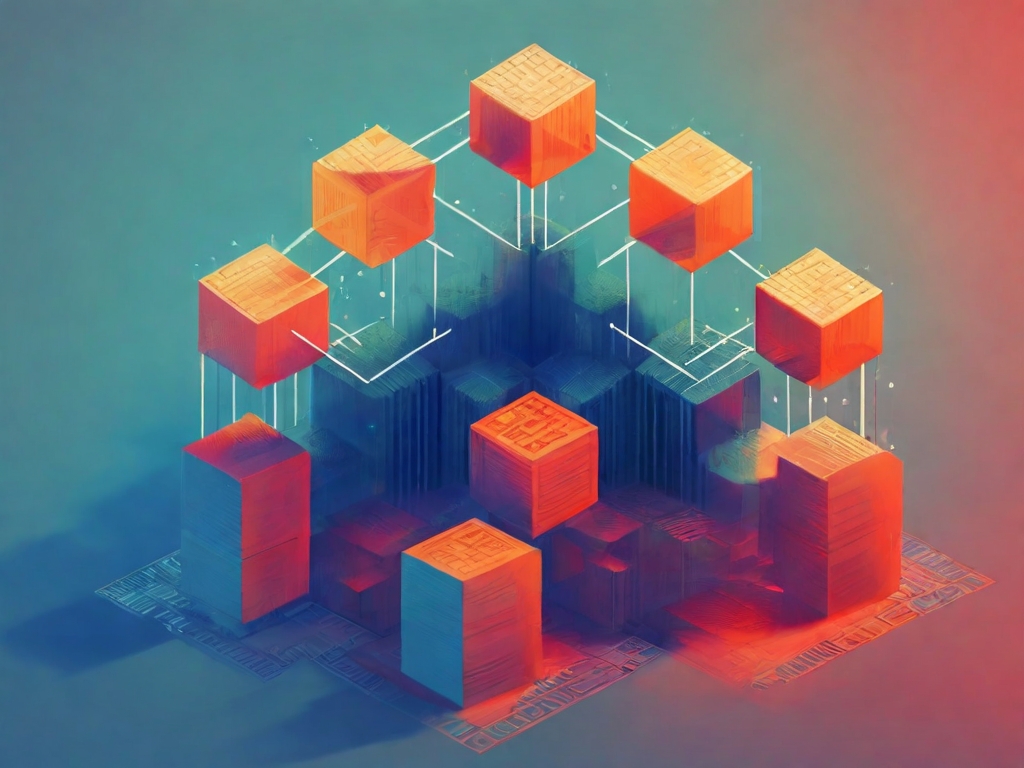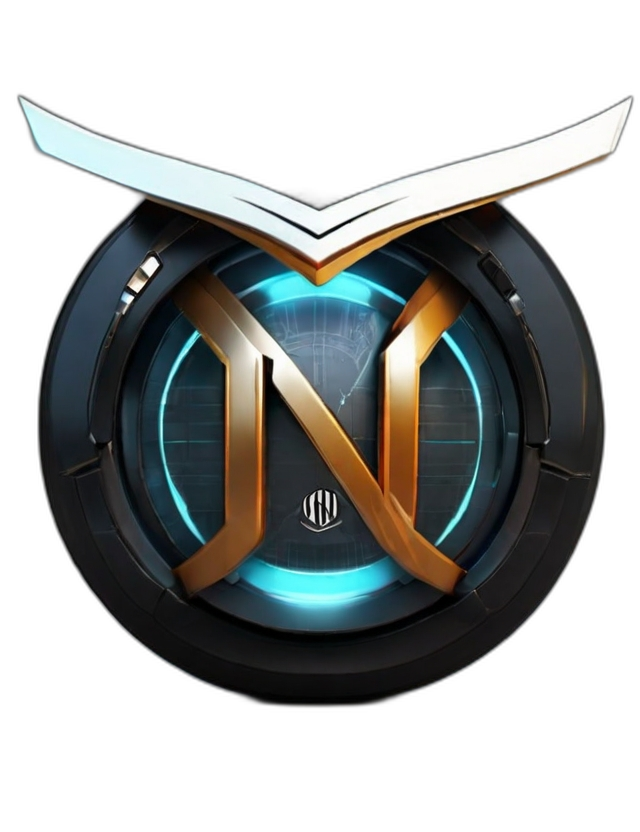
In the realm of modern technology, few innovations have generated as much buzz and excitement as blockchain technology. From its inception as the backbone of Bitcoin to its widespread applications across various industries, blockchain has captured the imagination of entrepreneurs, technologists, and innovators alike. But what exactly is blockchain technology? How does it work, and what makes it so revolutionary? In this comprehensive guide, we’ll delve deep into the world of blockchain to uncover its intricacies, applications, and potential impact on the future.

Introduction
To grasp the concept of blockchain technology, it’s essential to start with the fundamentals. At its core, blockchain is a decentralized, distributed ledger system that enables the secure recording and verification of transactions across a network of computers. Unlike traditional centralized databases, where a single entity controls the data, blockchain operates on a peer-to-peer network, where each participant (or node) maintains a copy of the ledger. This distributed nature ensures transparency, immutability, and resilience against tampering or fraud.

What is Blockchain Technology?
Blockchain technology, often referred to simply as “blockchain,” is a revolutionary approach to recording and verifying transactions. At its essence, it is a digital ledger that stores transactional data in a series of interconnected blocks, each containing a unique cryptographic hash of the previous block, along with a timestamp and transaction data. These blocks are linked together in a chronological and immutable chain, hence the term “blockchain.”

What Does Blockchain Consist of?
At its most basic level, a blockchain consists of three key components:
Blocks: These are individual units of data that store transactional information. Each block contains a cryptographic hash of the previous block, effectively creating a chain of interconnected blocks.
Nodes: Participants in the blockchain network, known as nodes, maintain copies of the ledger and validate transactions through a process known as consensus.
Consensus Mechanism: This is the protocol by which nodes agree on the validity of transactions and the order in which they are added to the blockchain. Popular consensus mechanisms include Proof of Work (PoW), Proof of Stake (PoS), and Delegated Proof of Stake (DPoS).

How Does Blockchain Work?
Now that we have a basic understanding of what blockchain is, let’s delve deeper into how it operates.
Blockchain Architecture
Blockchain technology is often described as a decentralized, distributed ledger system. But what exactly does that mean?
Decentralization
Decentralization refers to the absence of a central authority or intermediary controlling the network. In a decentralized blockchain network, transactions are verified and recorded by multiple nodes spread across the network, rather than a single central entity. This decentralized architecture enhances security, eliminates single points of failure, and promotes trust among participants.
Distribution
Distribution, on the other hand, refers to the dispersal of data across multiple nodes or computers within the network. Each node maintains a copy of the blockchain ledger, ensuring redundancy and resilience against data loss or corruption. This distributed nature of blockchain enhances reliability and availability, as the network can continue to function even if some nodes fail or go offline.
How Transactions are Verified
In a blockchain network, transactions are verified and added to the ledger through a process known as consensus. Consensus mechanisms ensure that all nodes agree on the validity of transactions and the order in which they are added to the blockchain.
Proof of Work (PoW)
Proof of Work is one of the oldest and most widely used consensus mechanisms in blockchain technology. In a PoW system, nodes compete to solve complex mathematical puzzles in order to validate transactions and add them to the blockchain. This process, known as mining, requires significant computational power and energy consumption but ensures that the network remains secure and resistant to attacks.
Proof of Stake (PoS)
Proof of Stake is an alternative consensus mechanism that selects validators to create new blocks based on the amount of cryptocurrency they hold and are willing to “stake” as collateral. PoS is generally more energy-efficient than PoW and can achieve comparable levels of security with lower resource consumption.
Delegated Proof of Stake (DPoS)
Delegated Proof of Stake is a variation of PoS where stakeholders vote to elect a limited number of delegates or validators who are responsible for validating transactions and adding them to the blockchain. DPoS is known for its scalability and speed, making it suitable for applications where high throughput is essential.
Immutability and Security
One of the key characteristics of blockchain technology is its immutability, which means that once data is recorded on the blockchain, it cannot be altered or deleted without consensus from the majority of participants. This immutability is achieved through cryptographic hashing and the distributed nature of the network, which makes it virtually impossible for any single entity to tamper with the data without being detected.
Transparency and Trust
Blockchain technology promotes transparency and trust by providing a publicly accessible record of all transactions that have occurred on the network. Anyone can view the blockchain ledger and verify the integrity of transactions, thereby reducing the need for trust in centralized intermediaries or third parties.

Applications of Blockchain Technology
Blockchain technology has a wide range of applications across various industries, beyond its original use case as the underlying technology behind cryptocurrencies like Bitcoin. Some of the most prominent applications of blockchain technology include:
Cryptocurrencies
Cryptocurrencies, such as Bitcoin, Ethereum, and Litecoin, are digital assets that utilize blockchain technology for secure, decentralized transactions. Blockchain enables the creation, transfer, and storage of cryptocurrencies without the need for intermediaries like banks or financial institutions.
Smart Contracts
Smart contracts are self-executing contracts with the terms of the agreement directly written into code. Blockchain technology enables the implementation of smart contracts, which automatically execute and enforce the terms of an agreement when predefined conditions are met. This can streamline processes, reduce costs, and eliminate the need for intermediaries in contractual agreements.
Supply Chain Management
Blockchain technology can be used to track and trace goods throughout the supply chain, providing transparency and accountability at every stage of the process. By recording transactions on a blockchain ledger, companies can verify the authenticity and origin of products, reduce counterfeiting, and improve efficiency in logistics and inventory management.
Identity Management
Blockchain technology has the potential to revolutionize identity management by providing individuals with secure, self-sovereign digital identities. By storing identity information on a blockchain ledger, individuals can maintain control over their personal data and selectively disclose it to third parties as needed, without relying on centralized authorities.
Financial Services
Blockchain technology is poised to disrupt the traditional financial services industry by enabling faster, cheaper, and more secure transactions. From cross-border payments and remittances to peer-to-peer lending and decentralized finance (DeFi) applications, blockchain has the potential to democratize access to financial services and reduce reliance on traditional banking infrastructure.
Healthcare
In the healthcare industry, blockchain technology can facilitate secure and interoperable sharing of patient health records, while ensuring privacy and compliance with regulations such as the Health Insurance Portability and Accountability Act (HIPAA). By storing medical data on a blockchain ledger, patients can have greater control over their health information and grant access to healthcare providers as needed.
Voting Systems
Blockchain technology can enhance the integrity and transparency of voting systems by providing a tamper-resistant record of election results. By recording votes on a blockchain ledger, governments can prevent fraud, ensure the accuracy of election outcomes, and increase voter trust in the democratic process.

Conclusion
In conclusion, blockchain technology represents a paradigm shift in how we record, verify, and transact data in a digital world. By leveraging decentralized, distributed ledger technology, blockchain offers unprecedented levels of security, transparency, and trust without the need for intermediaries or centralized control.
From its humble beginnings as the foundation of Bitcoin, blockchain has evolved into a versatile technology with far-reaching implications across various industries. Whether it’s revolutionizing finance with cryptocurrencies and decentralized finance, streamlining supply chain management, or redefining identity management and healthcare, blockchain is poised to disrupt traditional business models and empower individuals with greater control over their data and transactions.
However, despite its immense potential, blockchain technology is not without its challenges. Scalability, interoperability, regulatory compliance, and environmental concerns are just a few of the obstacles that must be addressed for blockchain to realize its full potential.
Nevertheless, the future of blockchain technology looks promising. As more businesses, governments, and individuals recognize the benefits of decentralization, transparency, and security, we can expect to see continued innovation and adoption of blockchain solutions in the years to come.
In essence, blockchain technology is not just about revolutionizing how we transact value; it’s about reshaping the very fabric of our digital society. As we continue to explore its capabilities and applications, one thing is clear: blockchain is not just a buzzword; it’s a transformative force that has the potential to change the world as we know it.
